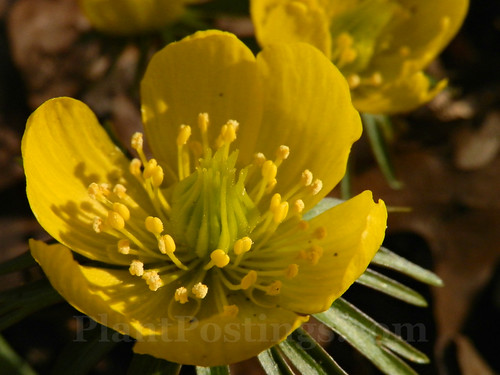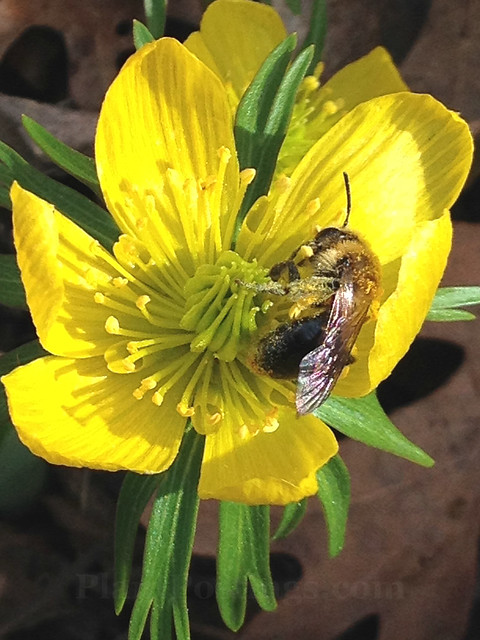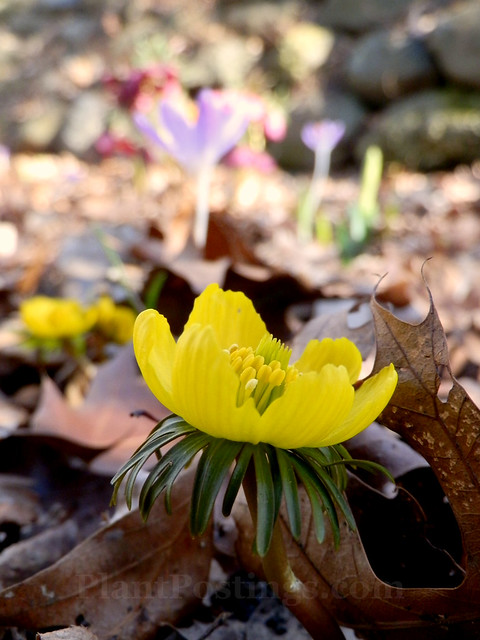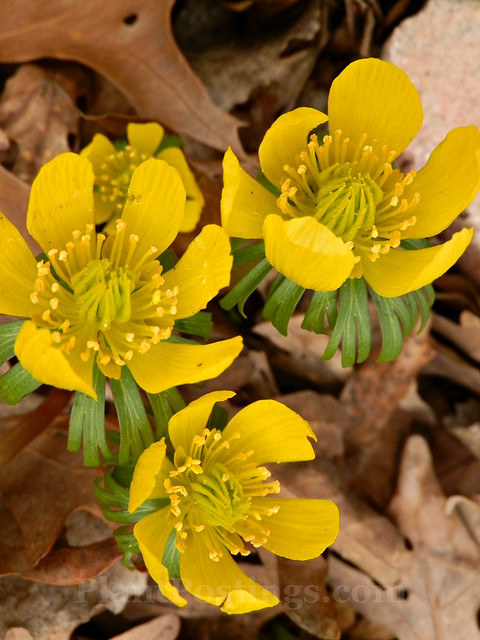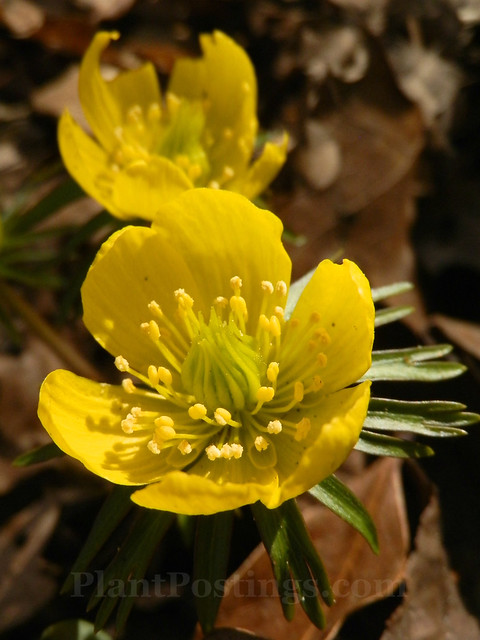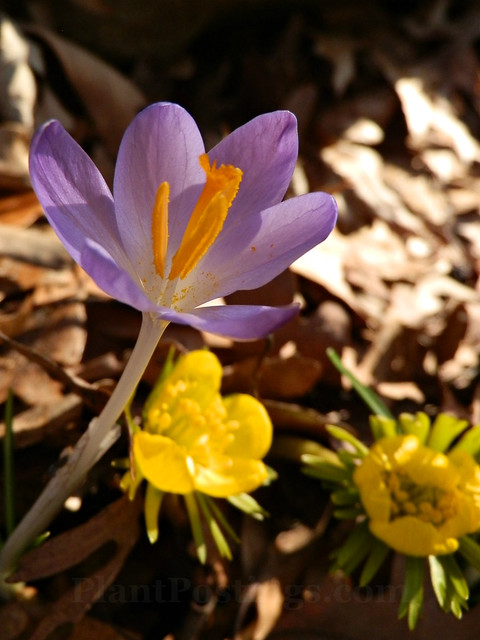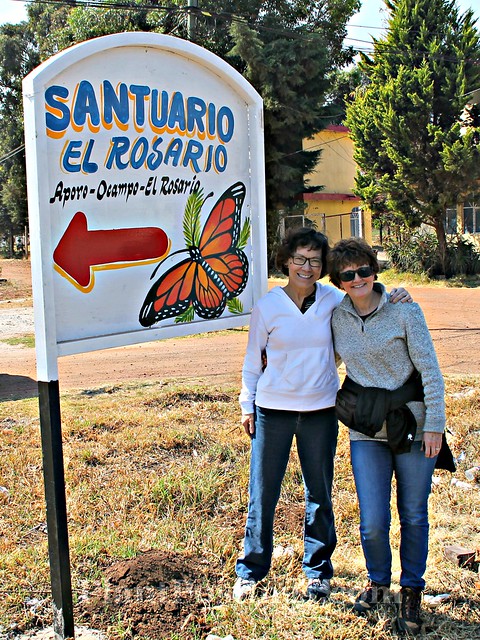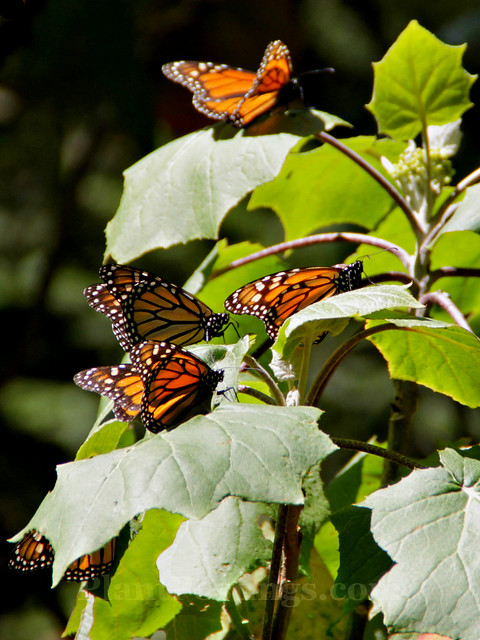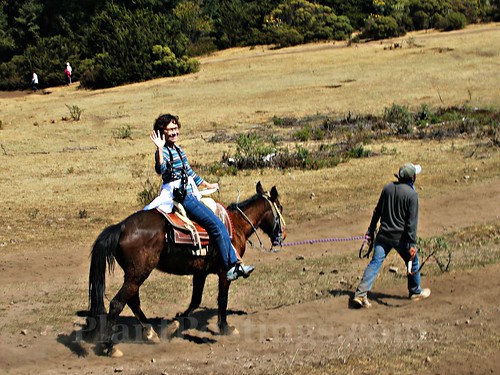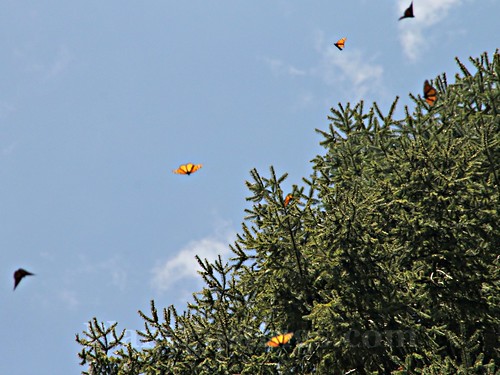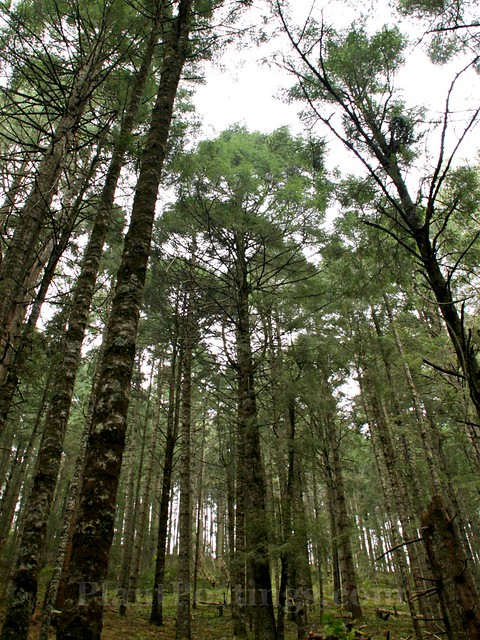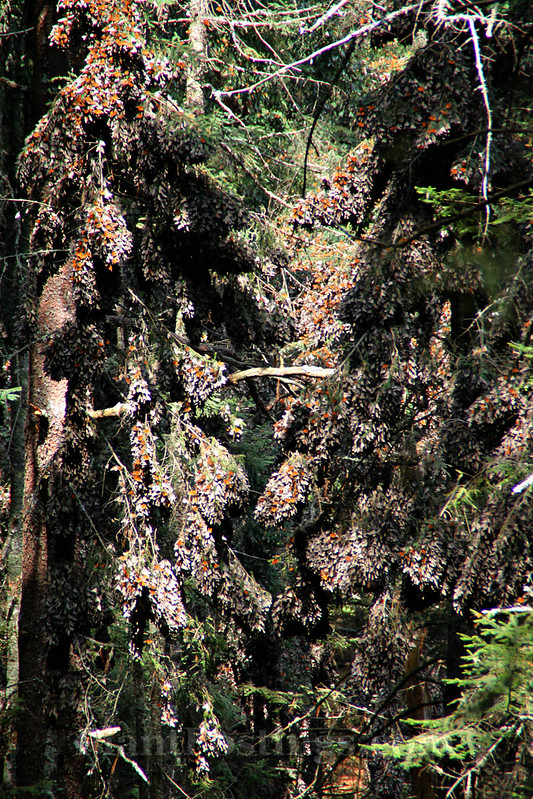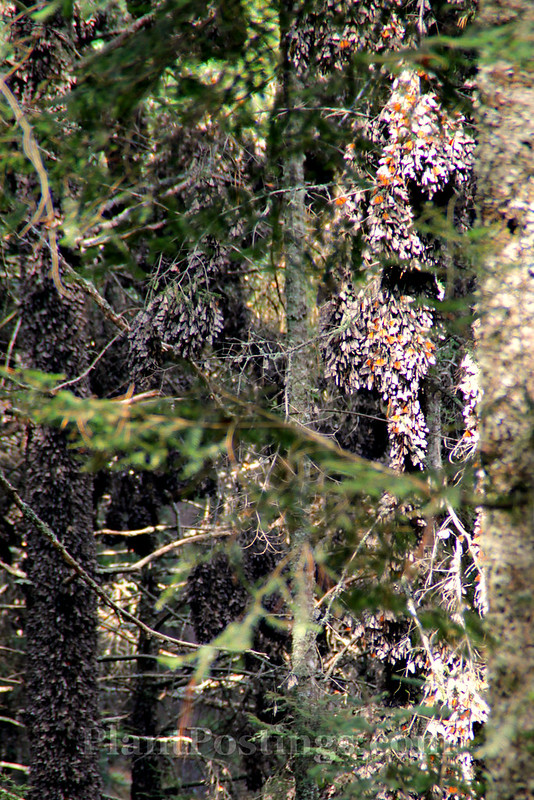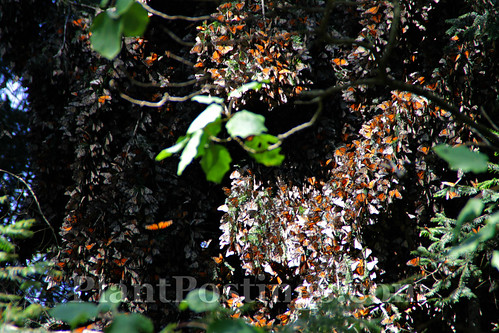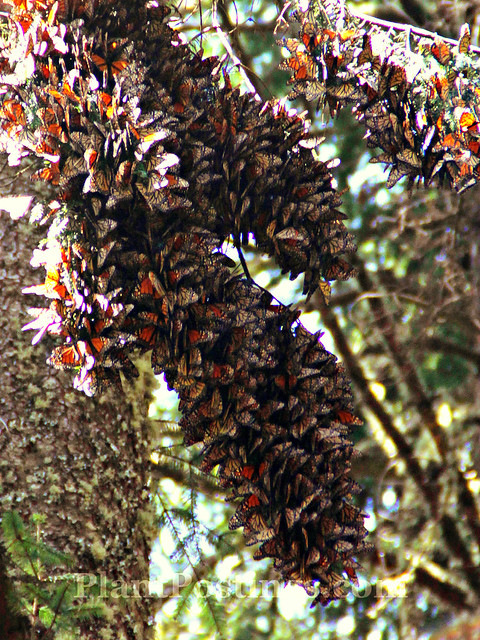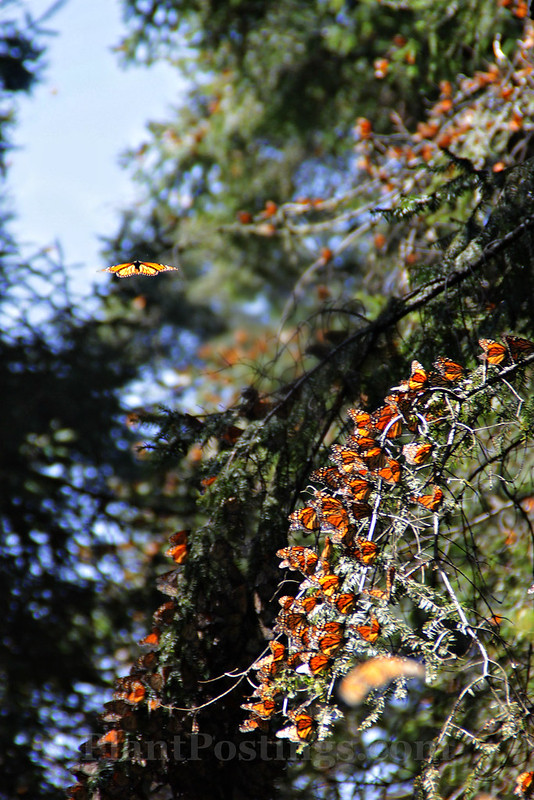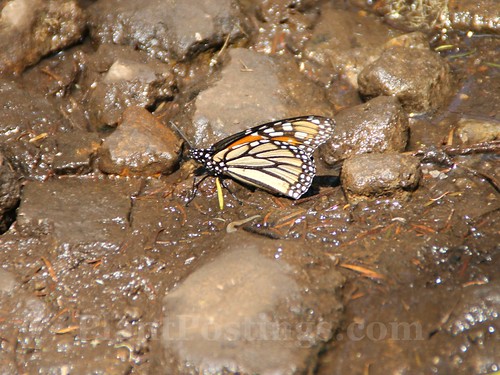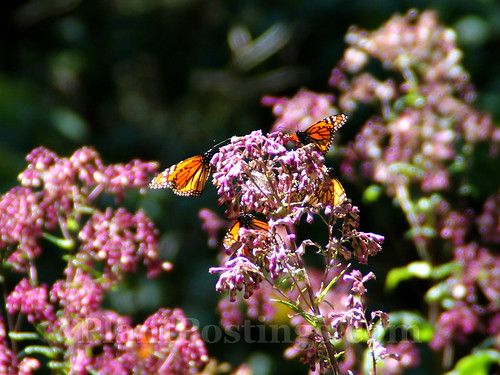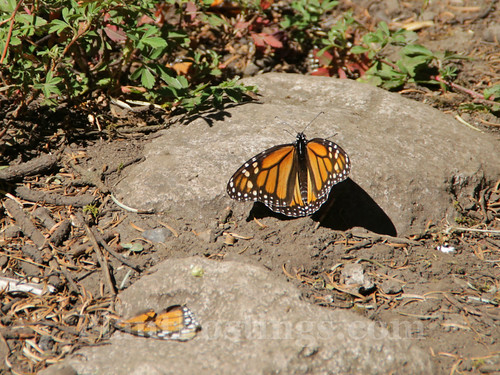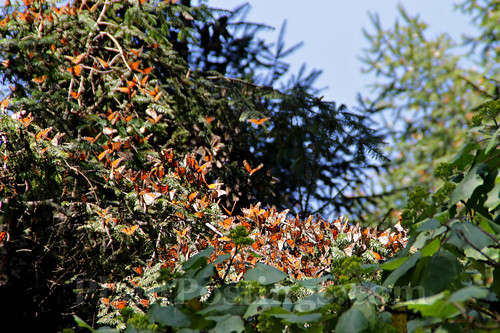
Winter and spring have been fighting it out for weeks now--even here in the north, this year. People were golfing without jackets in February, and then winter made a repeat visit last week. Plants are popping up early and trees are pregnant with heavy buds, but everything is on pause until the next warm spell.
I'm sneaking by with this post for Les's Winter Walk-Off meme over at
A Tidewater Gardener. This year, the lake is open and some of the birds are nesting early. In the past, I've walked down to the lake for this meme. This year, I decided to head over to a little park near home that's adjacent to a fenced community dog park. For various reasons, I used my iPhone as my camera this time, and for the most part I was pleased with the results.
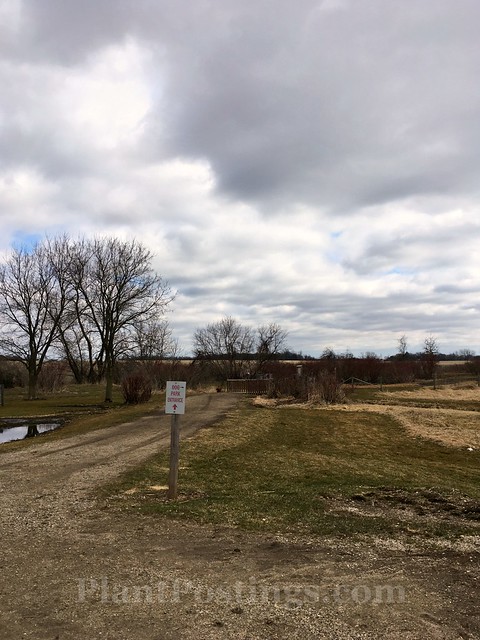
The dog park area is fenced in.
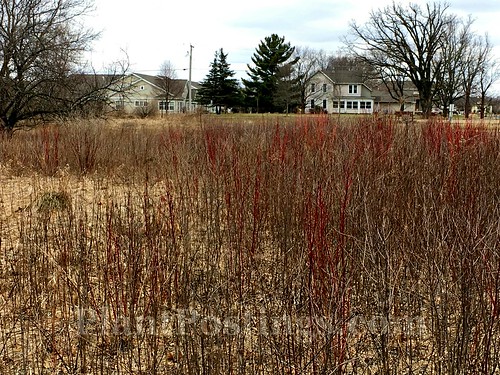
A pleasant suburban neighborhood borders the park.

The day of my walk, the sky was partly cloudy, the temperature was about 45F/7C, and the wind was light. Not ideal for a day at the beach, but not bad for a brisk walk.
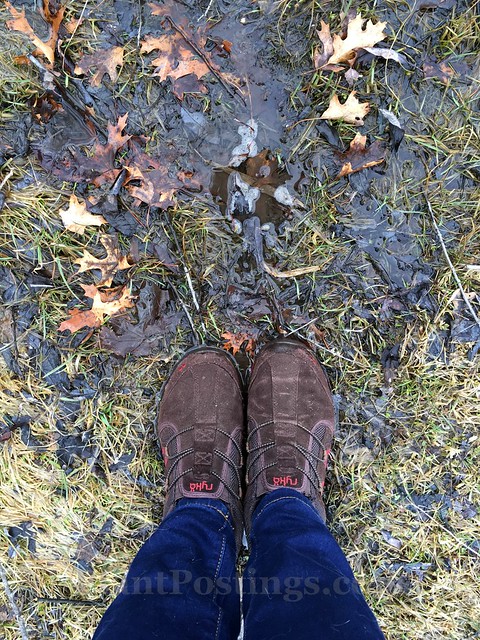
After the recent snow melt, much of the trail was a bit muddy, but I was able to skirt around the puddles.

Heading up the hill ...
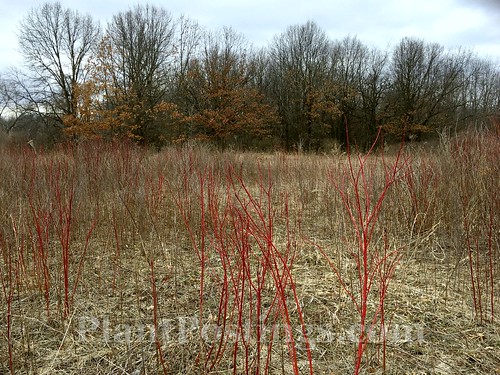
The Red-Twig Dogwoods (
Cornus sericea) and the remaining Oak leaves (
Quercus spp.) were vibrant in the bright landscape.
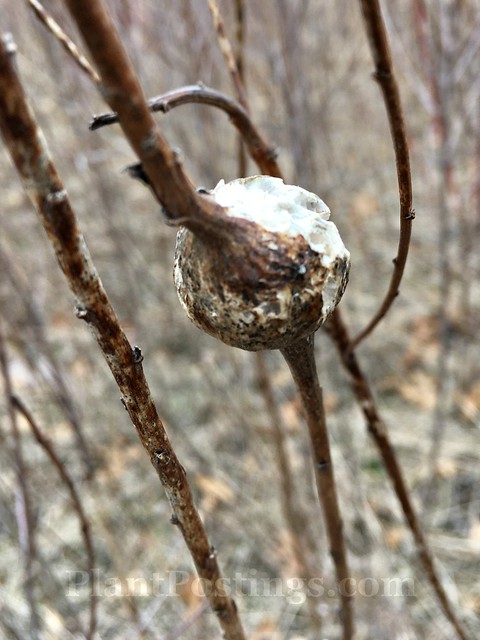
I noticed a gall that appeared to be chewed (by a bird?).
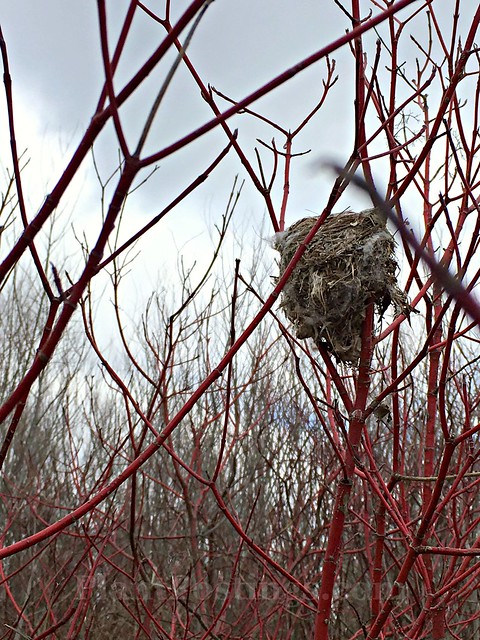
Any ideas who built this nest? Later, I saw a Black-Capped Chickadee here, but I'm thinking maybe she was "borrowing" materials for her own nest in a hidden cavity somewhere. (I've read chickadees are likely to use more secretive locations.)

This stream appeared to be a furrow--perhaps created by the farmer who donated this land for the park.

The park included several little adjacent ecosystems, including Oak forest, Oak opening, meadow, and prairie--natural habitats of this area of Wisconsin, even before Europeans settled here.

While thick and dark during the growing season, the Oak forest canopy on the day of my walk was open and sunny.

It was encouraging to see snags of branches that welcome wildlife, mosses, fungi, insects, other life forms, and natural decomposition.
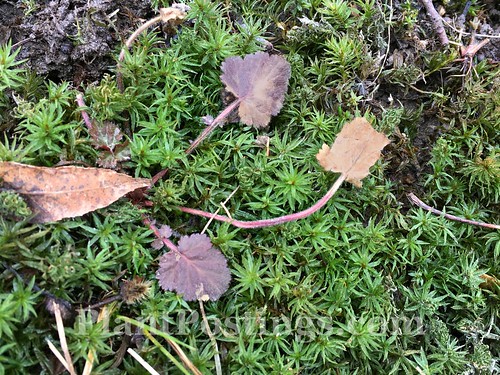
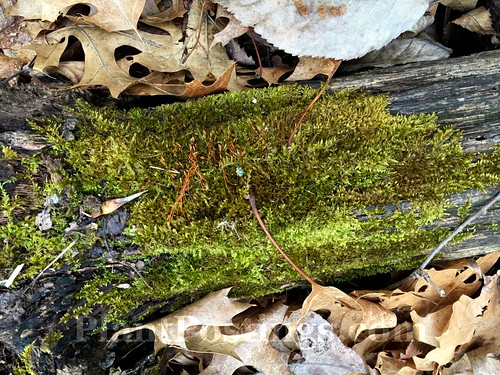

It was the perfect setting to find marvelous mosses.
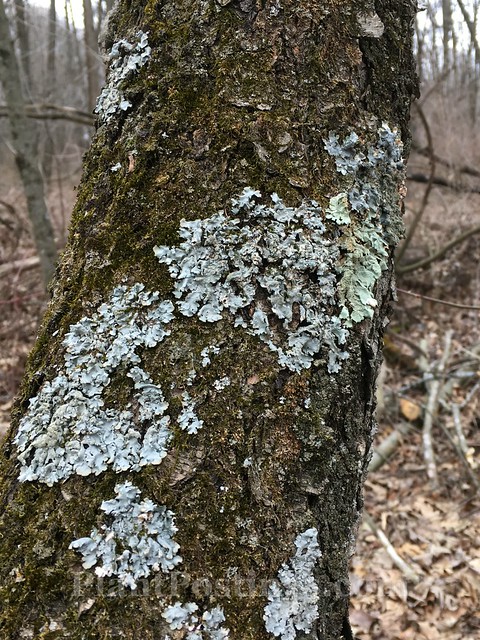
And luscious lichens.
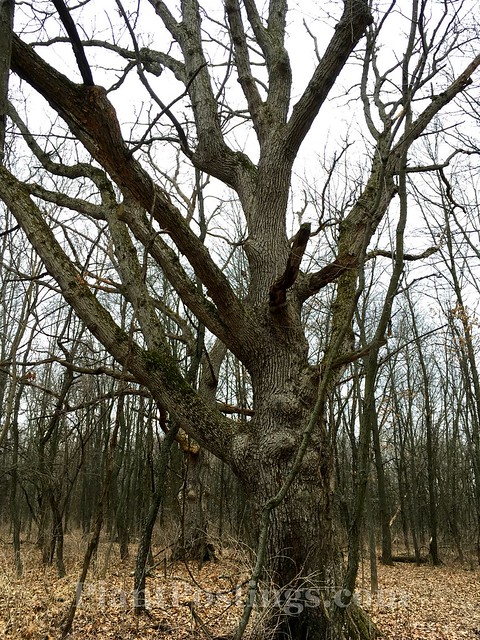
It was hard to capture the full effect of this grand Bur Oak (
Quercus macrocarpa), but it made quite a statement in its little patch of land.
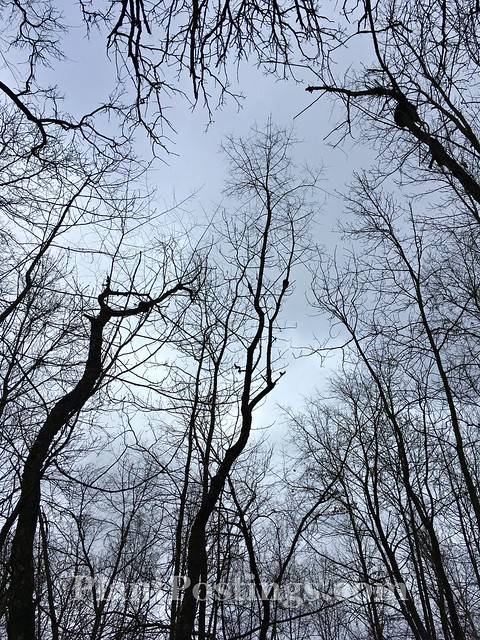
The cathedral of the forest canopy was pleasant.
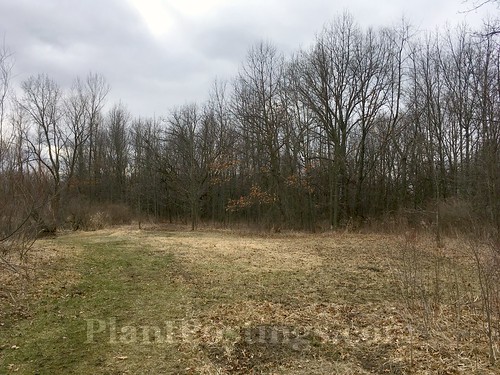
And then I came to a meadow. It had me wondering several things--including whether this was natural or man-made. I've been here before, but only in the fall, and the meadow wasn't as apparent.
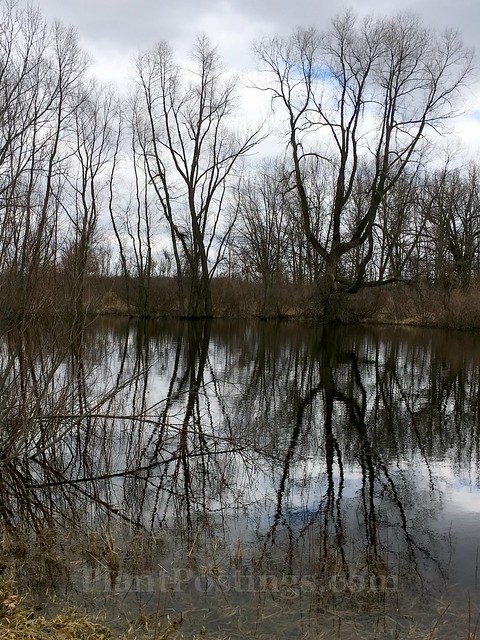
Near the meadow was a lake, swelling over its banks during this wet time of year.

And then I noticed a few plants preparing to expand and grow, including Pennsylvania Sedge (
Carex pensylvanica).
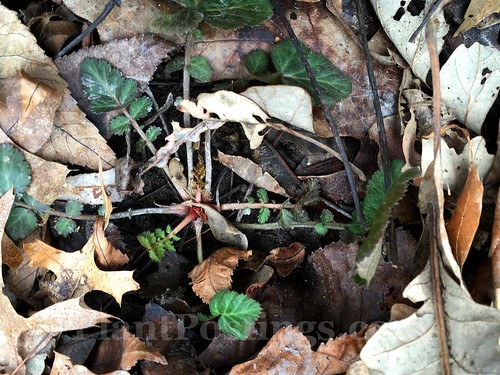
And White Avens (
Geum canadense).
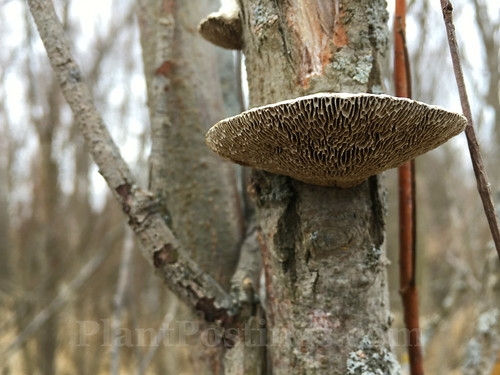
This fungus had an interesting shape, too.
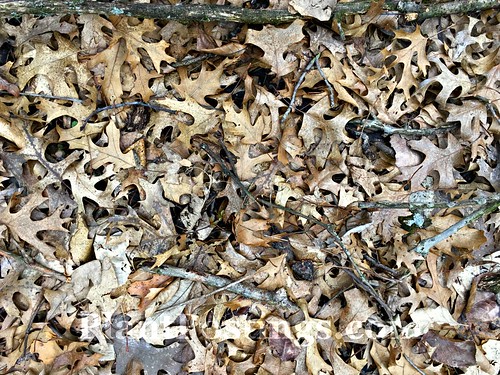
It was a pleasant walk across the spongy, warm carpeting of Oak leaves. Nature walks are the best, aren't they?
For more Winter Walk-Off posts, head on over to
A Tidewater Gardener. Thanks to Les for hosting.
* * * * * * * * * * * * * * * * * *
It's not too late to join in the
Garden Lessons Learned meme. To participate, simply write a post or share one you've already written about your "Lessons Learned" during the past season. Then
share your link or simple observations. The link will be available always under the "Lessons Learned" tab at the top of this blog.
